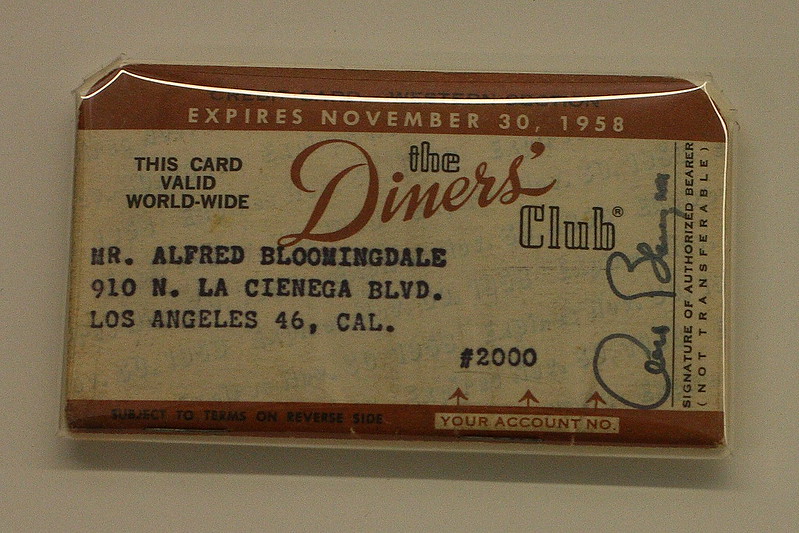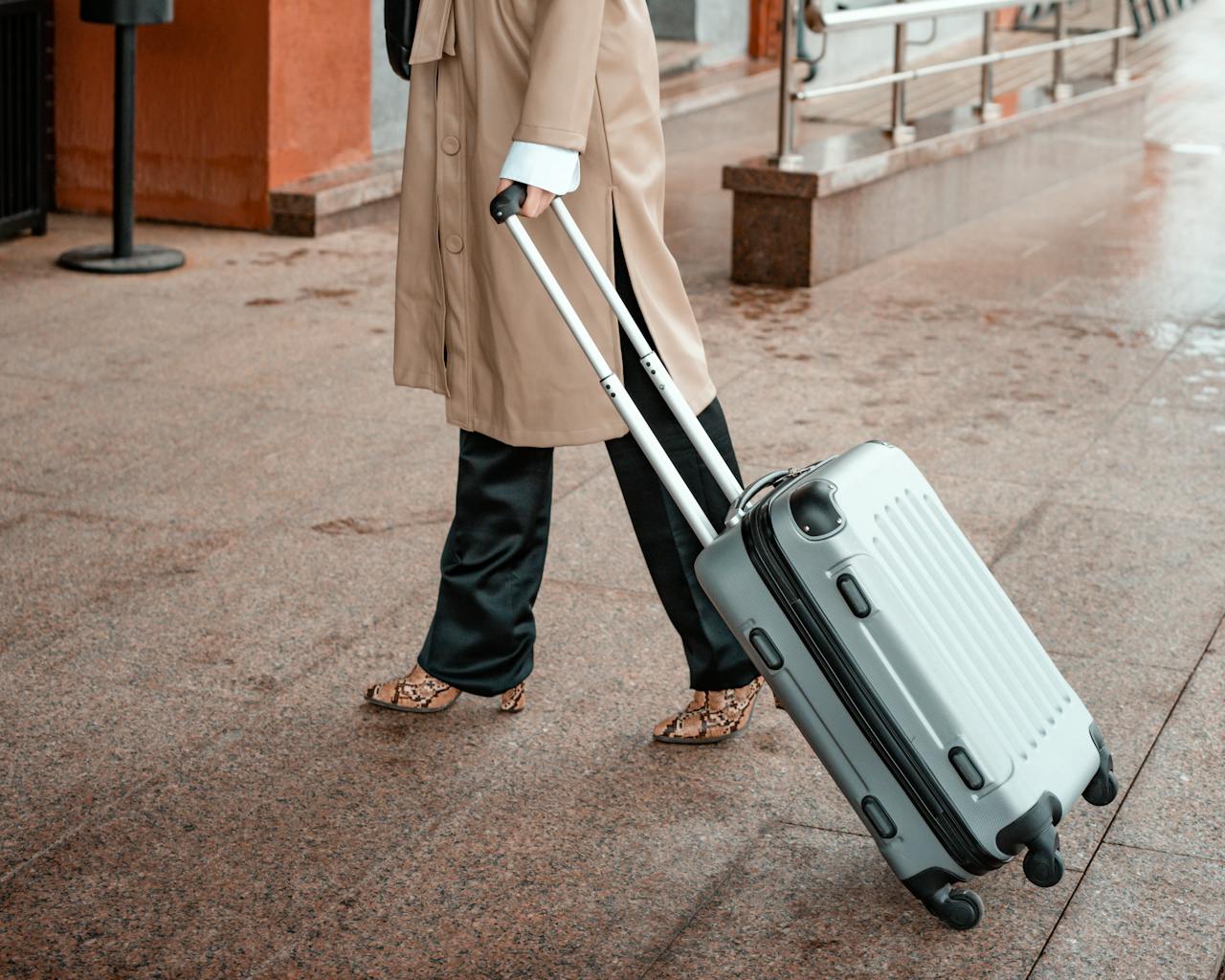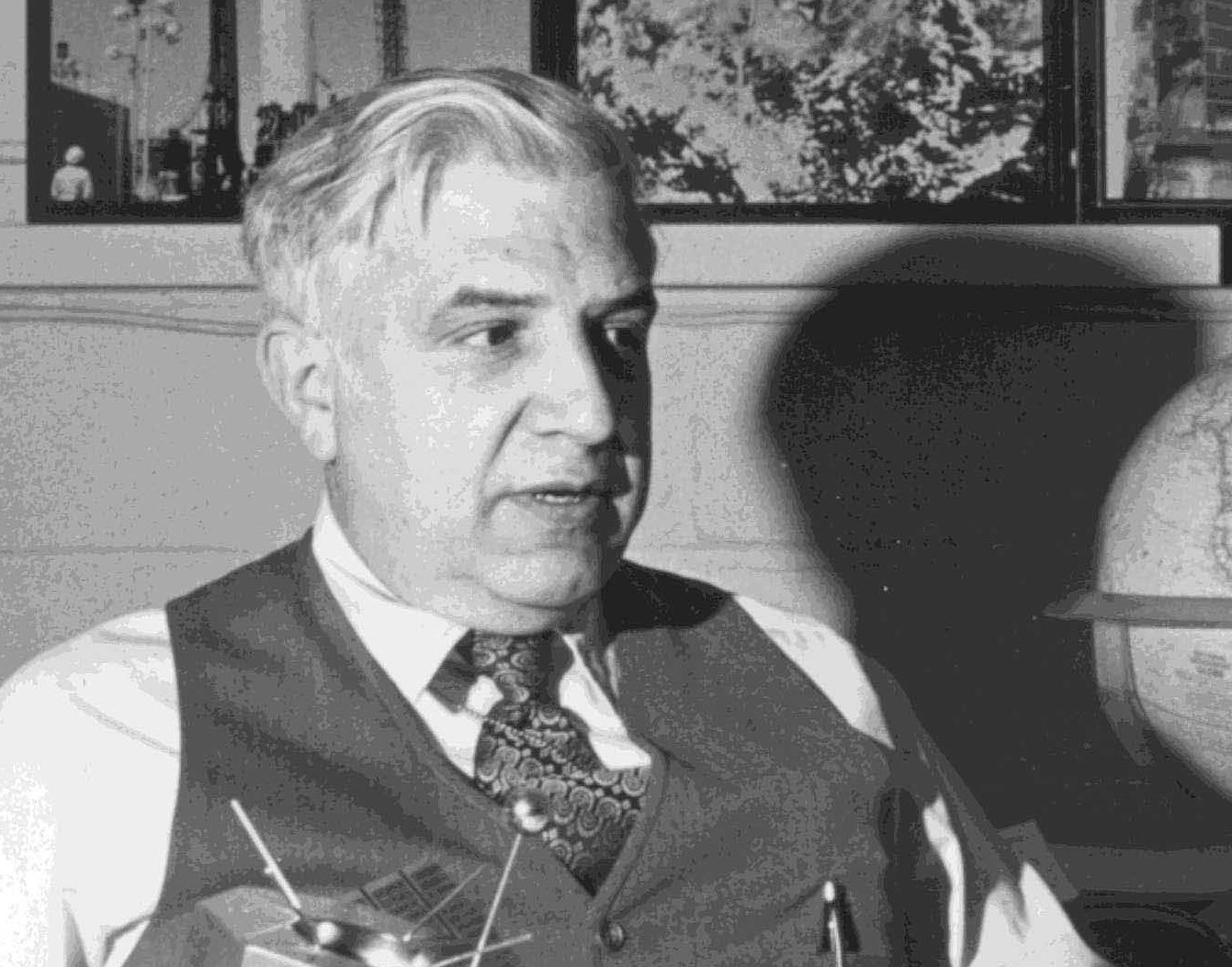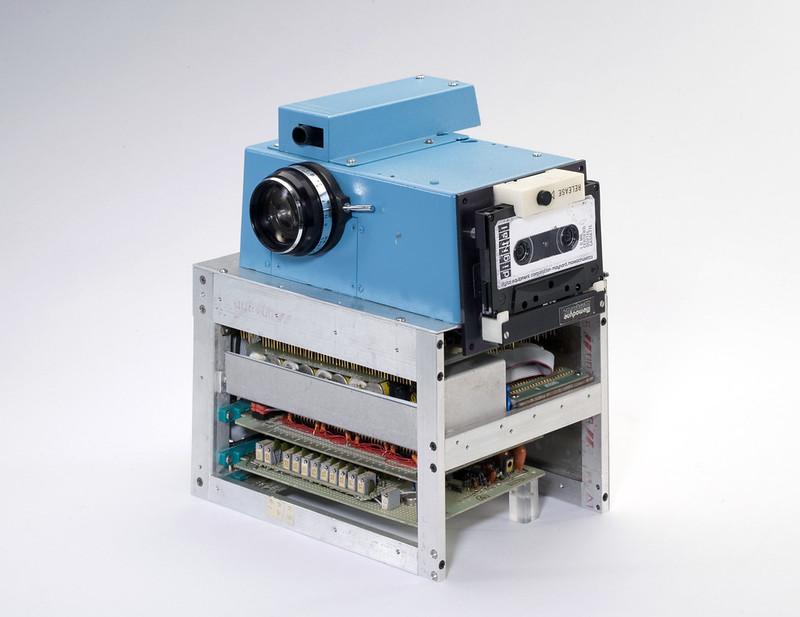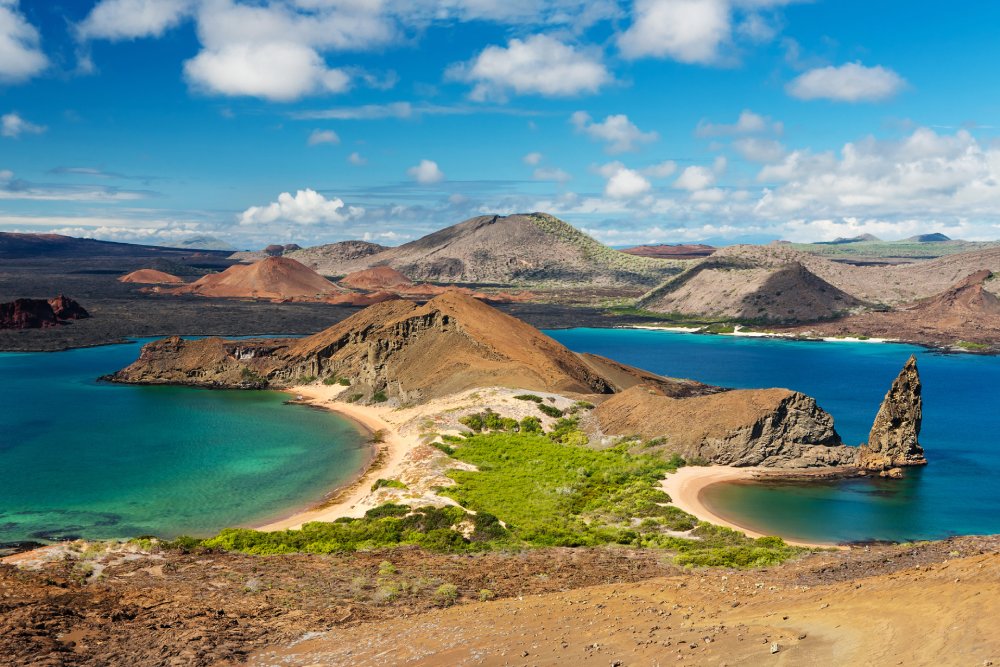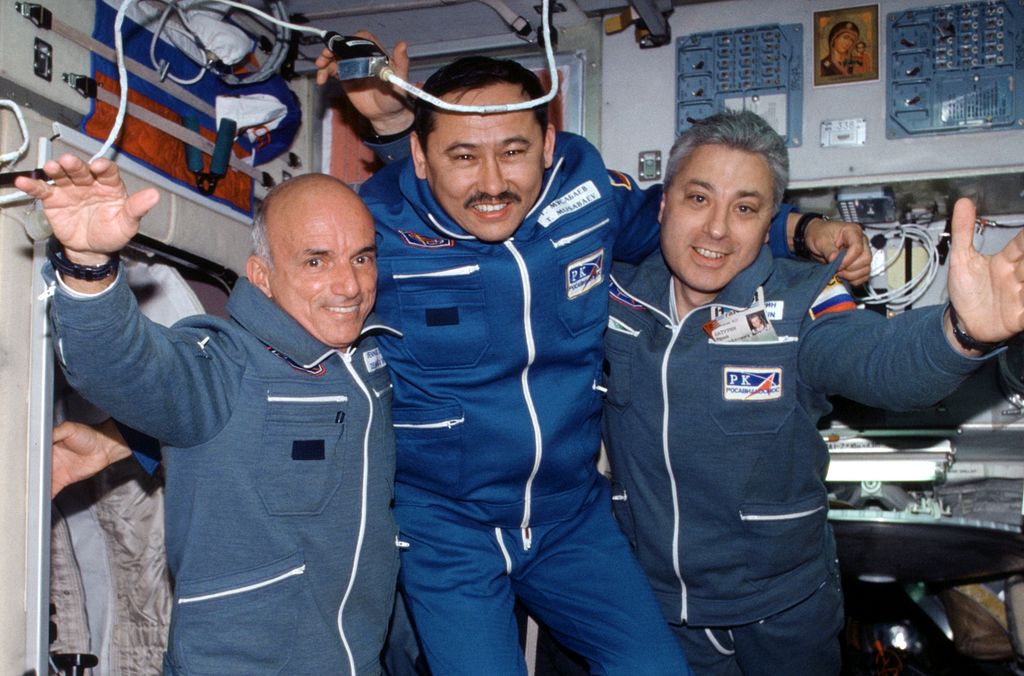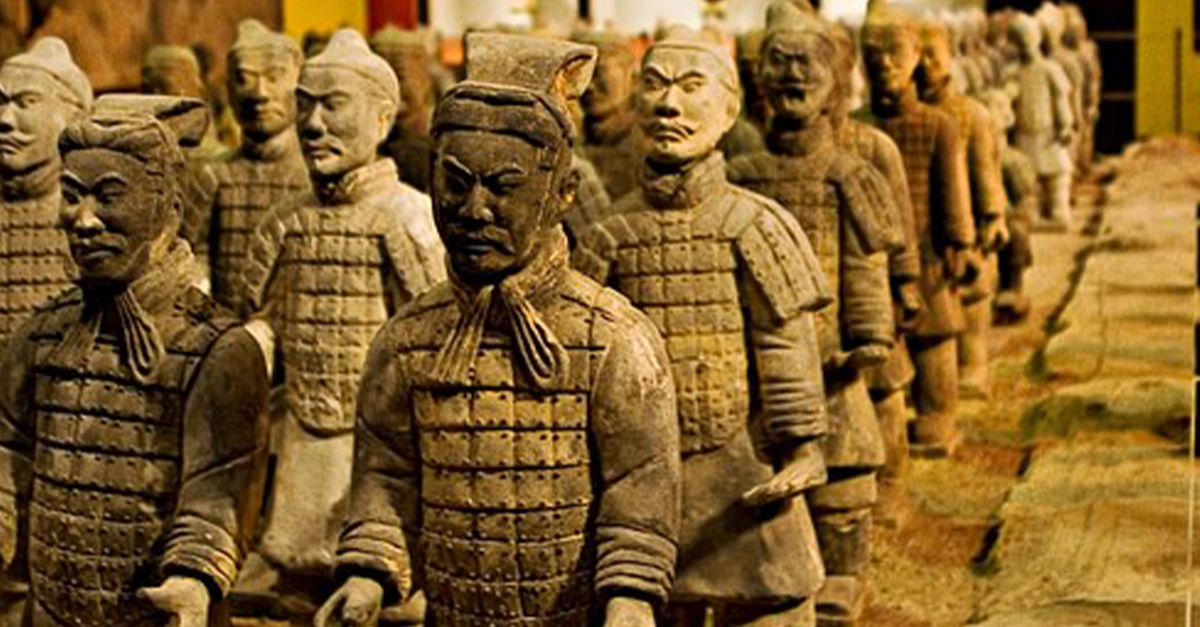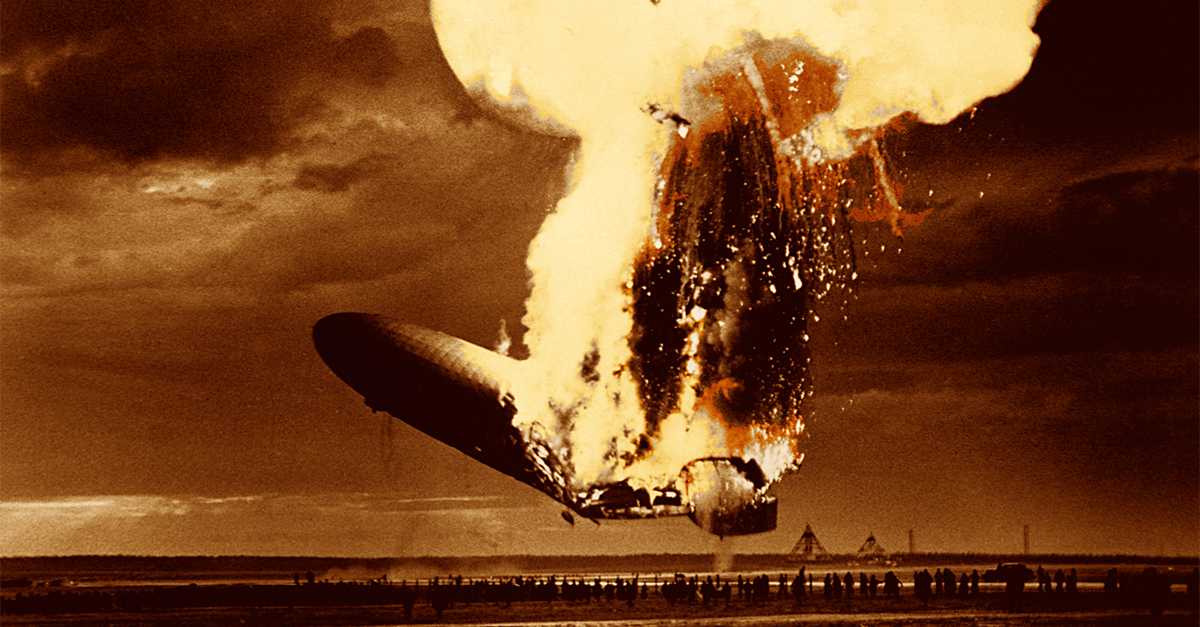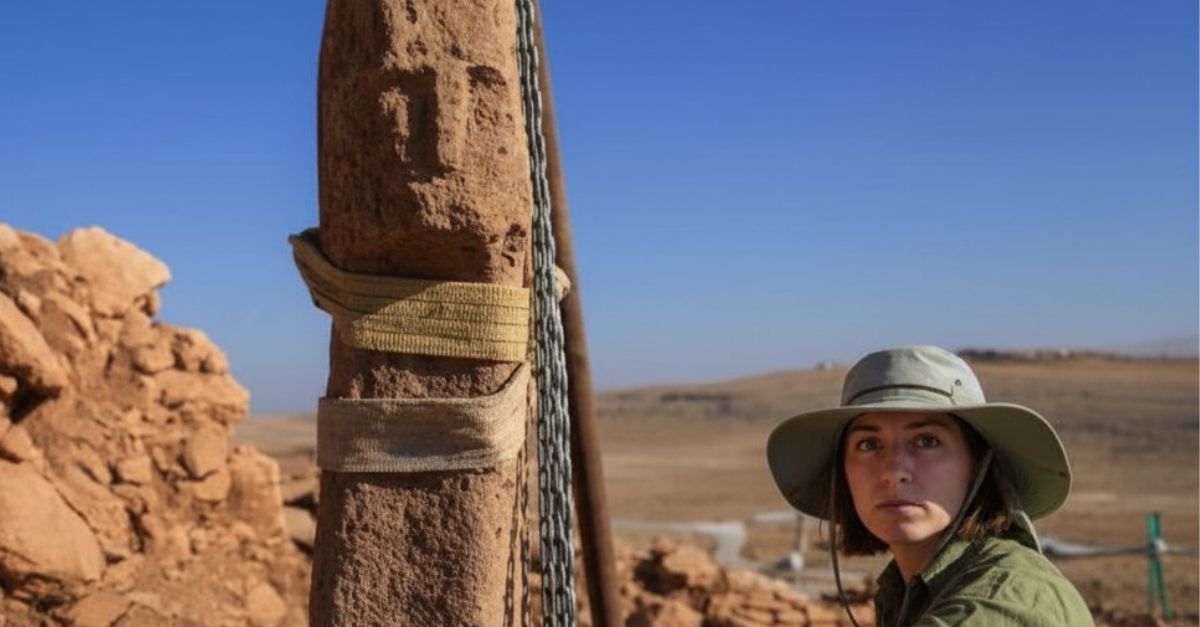The Ever-Changing World Of Travel
A trip can change your life. Sometimes, it even changes the world. Here are some significant incidents and inventions that forever changed travel and tourism.
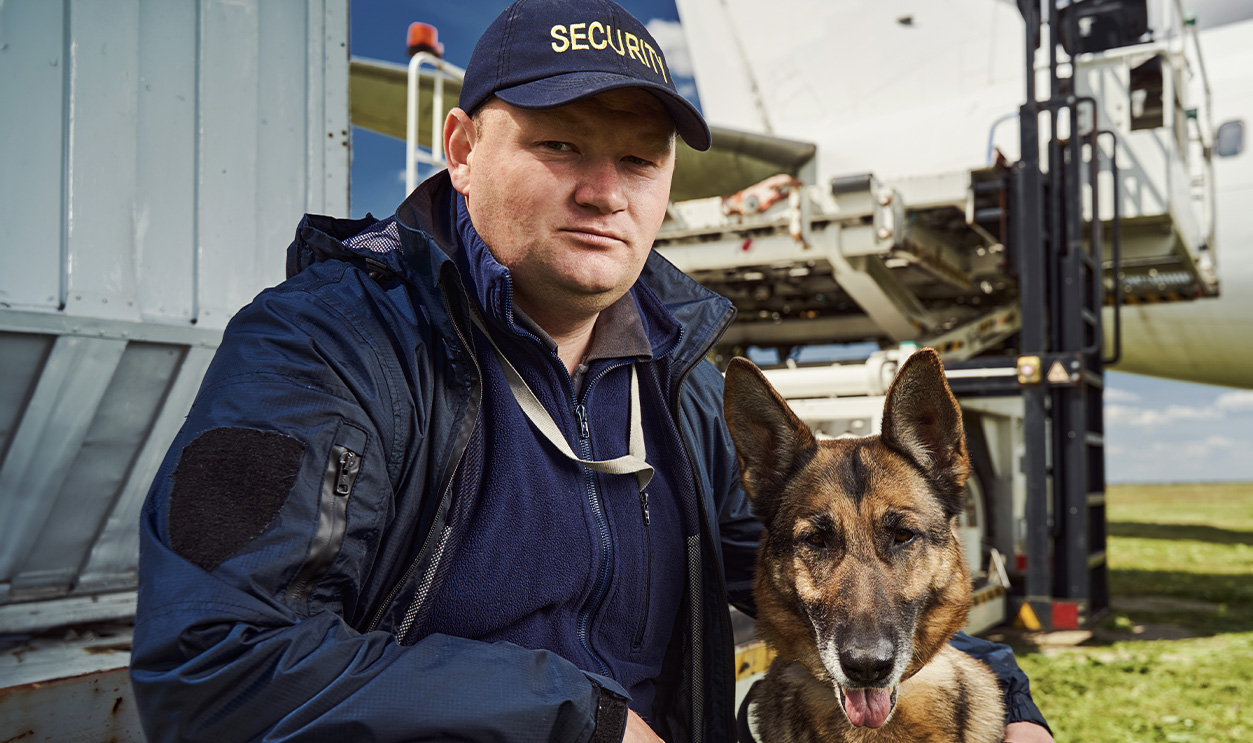
The First Powered Flight
In 1903, the unimaginable happened—a bucket of spruce and ash wood flew for 12 seconds and, even better, landed safely. The Wright brothers’ years of experimentation fulfilled their goals and dreams on December 17, 1903. With the landing of a powered aircraft, the world was forever changed.
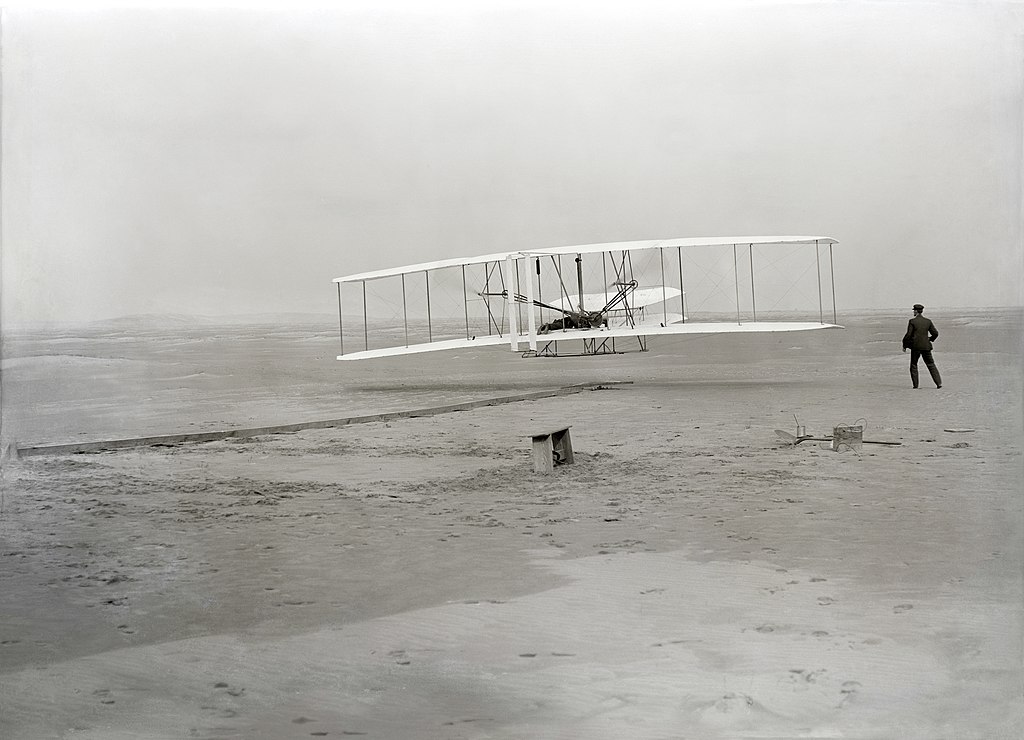 John T. Daniels, Wikimedia Commons
John T. Daniels, Wikimedia Commons
The Discovery Of Machu Picchu
The entire notion of Latin American history was upended and amended with the discovery of Machu Picchu in 1911. When American politician and explorer, Hiram Bingham III, happened upon Incan ruins in Peru, a whole new travel destination appeared. Now one of the most popular bucket list items, 1.5 million people trek to the spot every year. That’s about 2,500 visitors each day.
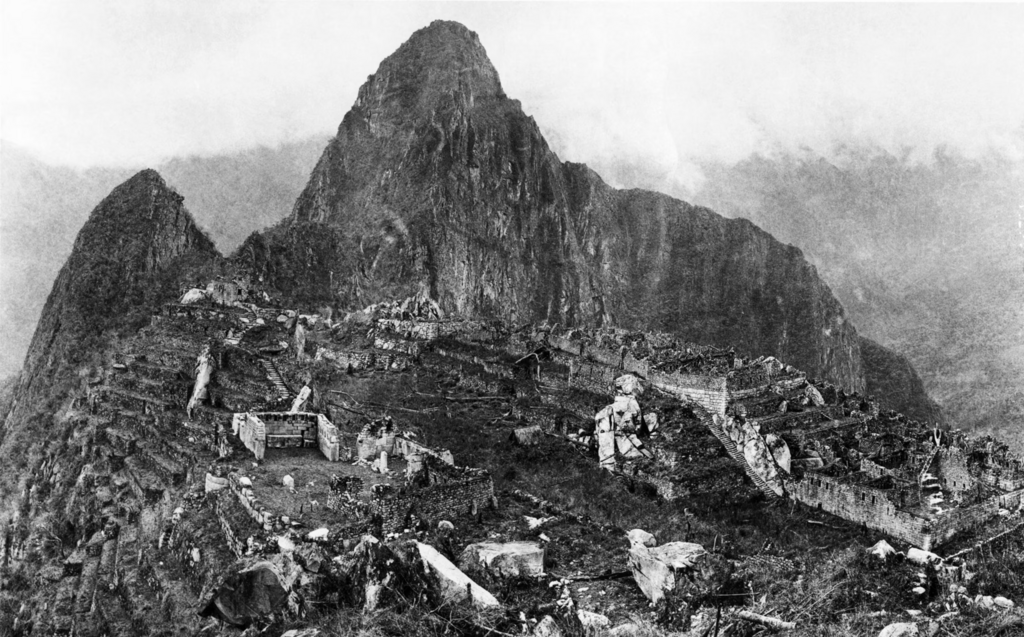 Hiram Bingham III, Wikimedia Commons
Hiram Bingham III, Wikimedia Commons
Road Surfaces Get Marked
You probably think nothing of the white and yellow lines and dots separating lanes of traffic. They weren’t even thought of until 1911 when Edward N Hines of Michigan proposed the idea—apparently envisioned after watching a milk truck’s spoils dripped onto the roadway. The first road to get the markings was River Road in Trenton, Wayne County, which was the area where Hines was a member of the road commission.
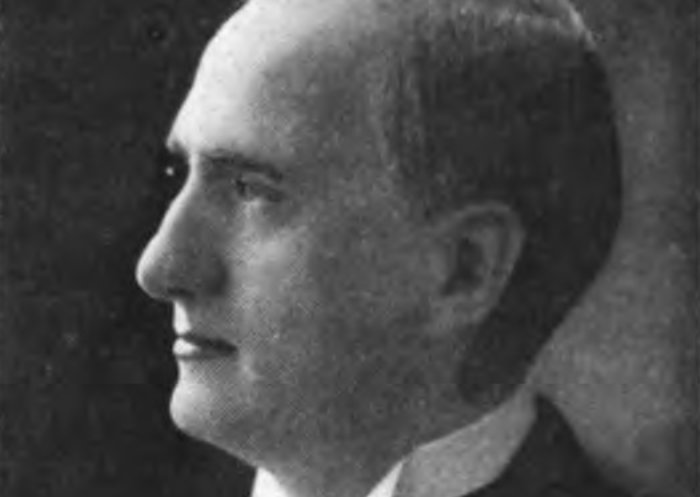 Unknown Author, Wikimedia Commons
Unknown Author, Wikimedia Commons
Automobile Self-starter
Before a simple turn of the key started an engine, owners had to physically crank their vehicle. Patented years before, it wasn’t until 1912 that Charles Kettering invented the first electric self-starter. Travel became a lot less strenuous on the arm muscles after that.
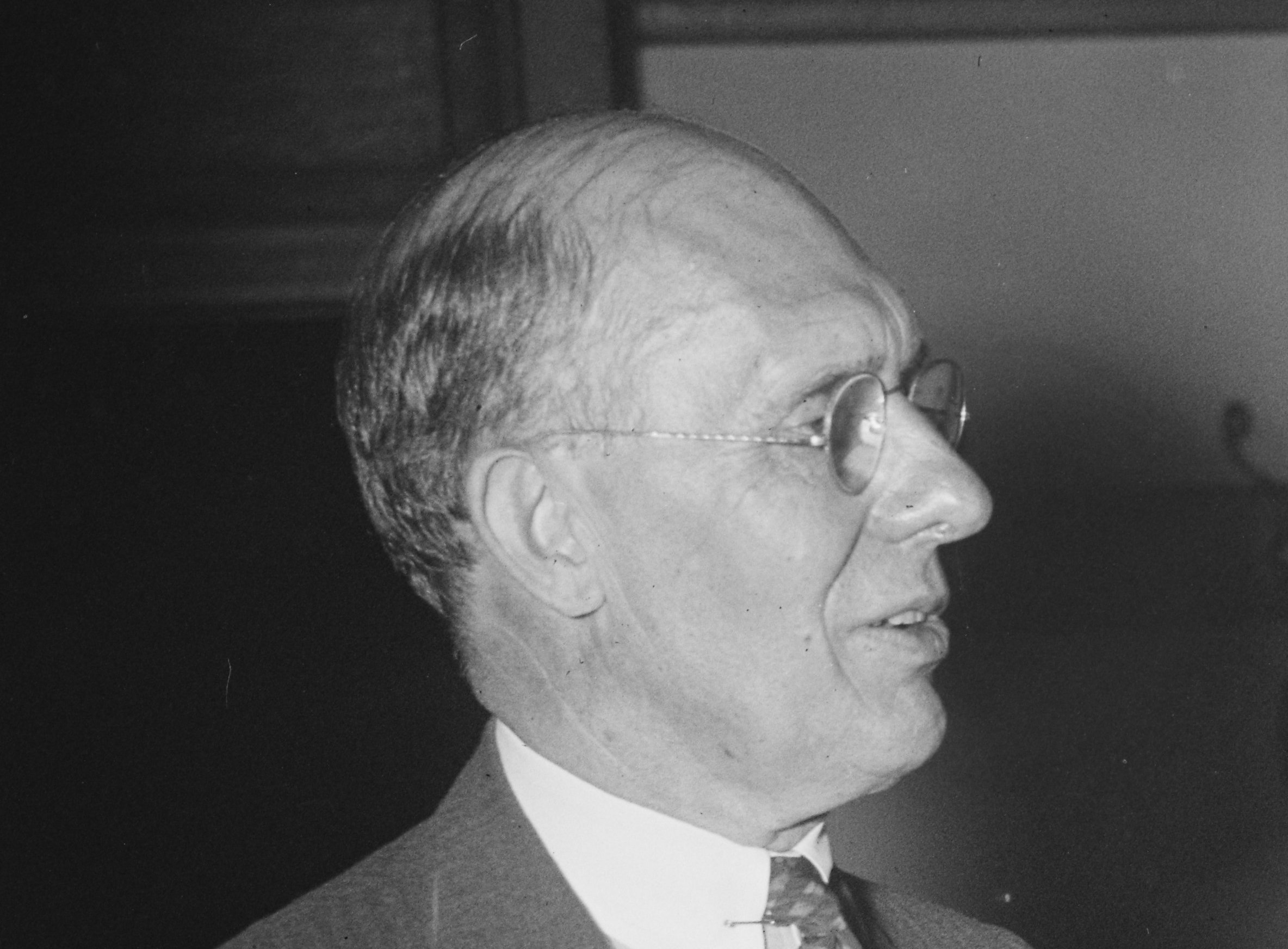 Harris & Ewing, Wikimedia Commons
Harris & Ewing, Wikimedia Commons
The First Solo Transatlantic Flight
24 years after the Wright brothers’ first landing, Charles Lindbergh became the first pilot to cross non-stop in an airplane from New York to Paris. Just an average air mail pilot, Lindbergh wanted the $25,000 prize that had been offered to the first person to complete the mission. He was the seventh person to attempt it—and the first to succeed. After this flight, the number of Americans taking flight as passengers increased by 3,000%.
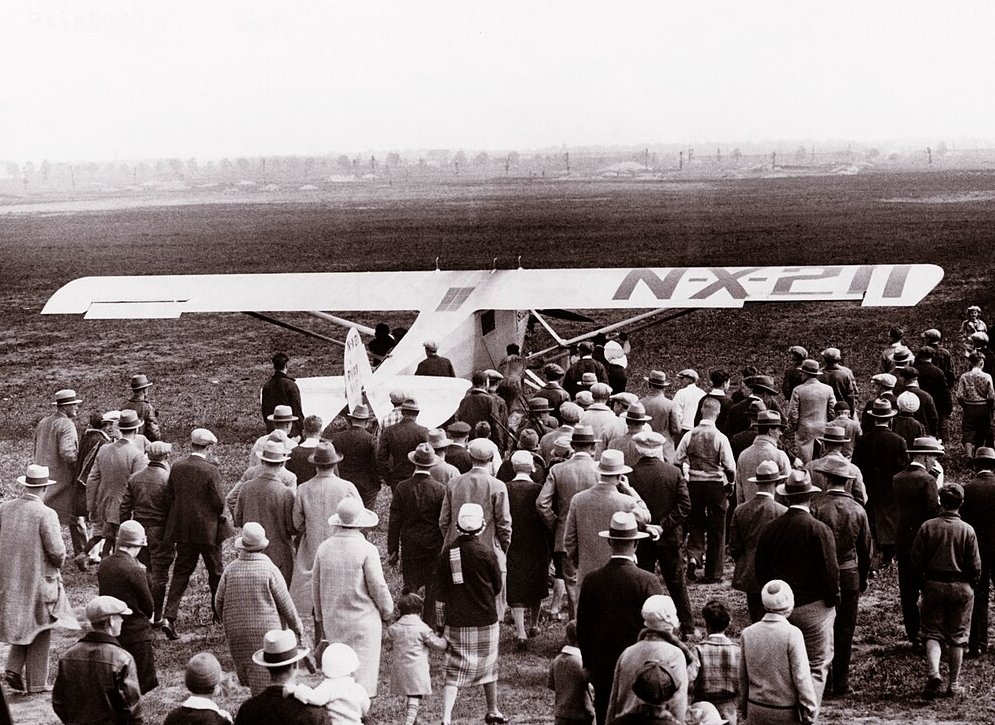 Unknown Author, Wikimedia Commons
Unknown Author, Wikimedia Commons
The Hindenburg Disaster
In 1937, 10 years after Lindbergh’s successful transatlantic flight, the Hindenburg disaster occurred. There had been other airship crashes before this one, but the Hindenburg, with its live radio commentary, shocked the world and exploded the idea of traveling across the world in an air-filled zeppelin.
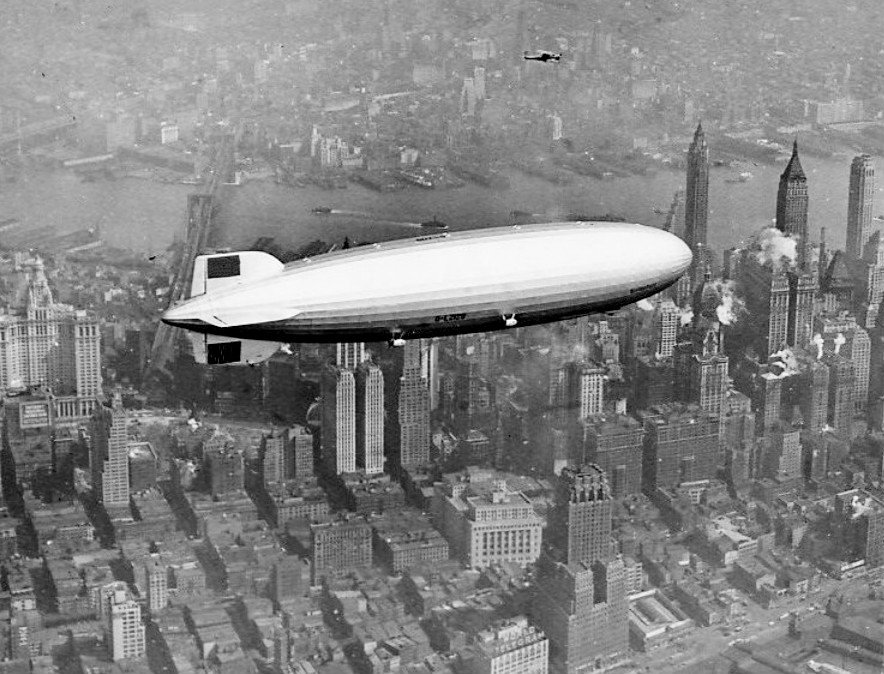 Associated Press, Public domain, via Wikimedia Commons
Associated Press, Public domain, via Wikimedia Commons
Credit Cards Are Created
It’s hard to believe that credit cards are almost 80 years old. In 1946, John Biggins came up with a brilliant idea that replaced carrying loads of cash around. Flatbush National Bank in New York was the first institution that gave out cards for customers to use at their favorite shops. After purchase, store owners presented sales receipts to the bank and were paid back. Credit cards have changed the world of travel in a huge way. Can you imagine hotel stays, car rentals, or flight purchases without them?
The Sound Barrier Gets Broken
In 1947, Chuck Yeager did the unthinkable. He withstood the pressure of breaking the sound barrier and lived to tell the tale. Despite having two broken ribs from a horse fall two days earlier, Yeager managed to push his rocket-powered plane to 767 miles per hour.
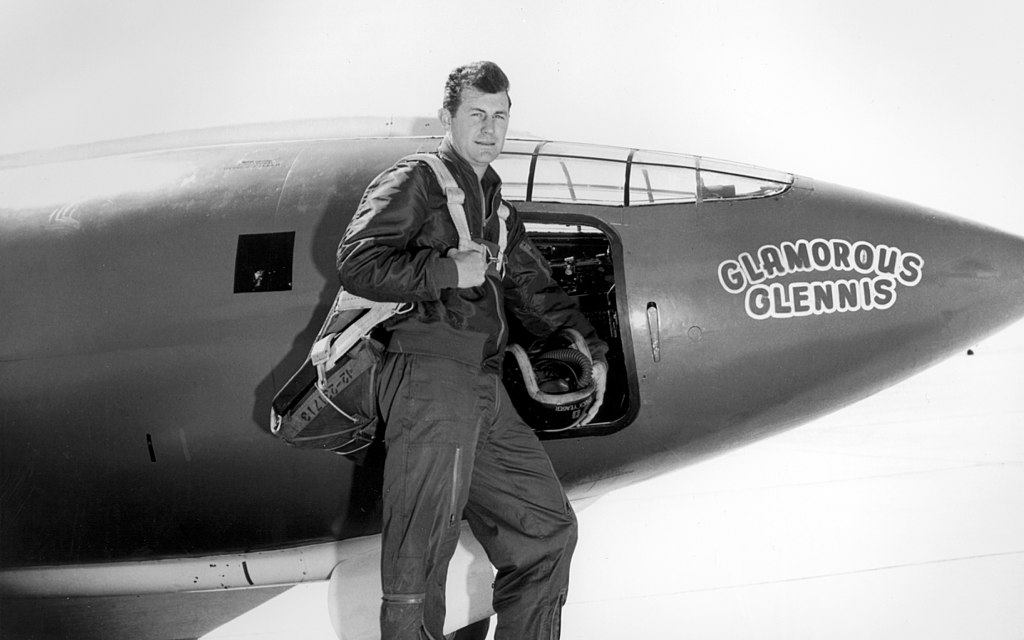 U.S. Air Force photo, Wikimedia Commons
U.S. Air Force photo, Wikimedia Commons
Transistors Are Invented
Without transistors, we wouldn't have all the modern technology we adore. We also wouldn't have space travel without them. A huge shout out to John Bardeen, Walter Brattain, and William Shockley at Bell Laboratories who created what is often called “the most important invention of the 20th century" in 1948.
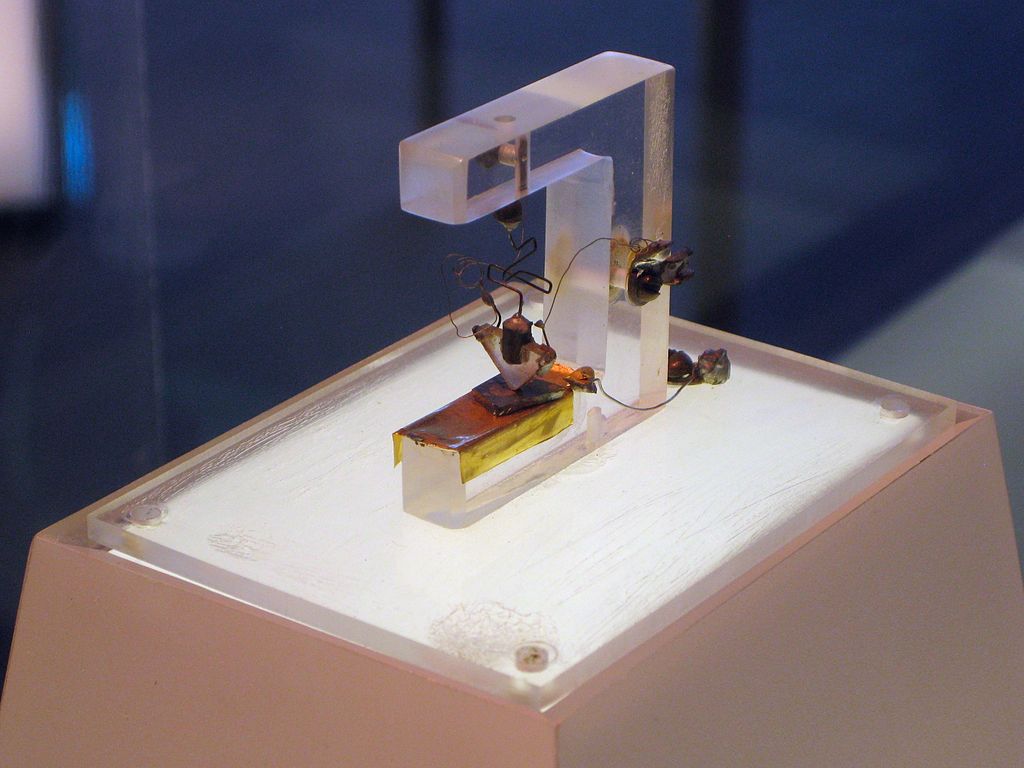 Windell Oskay, CC BY 2.0, Wikimedia Commons
Windell Oskay, CC BY 2.0, Wikimedia Commons
The Birth Of The Crash Test Dummy
The first crash test dummy was named Sierra Sam and was invented in 1949 to test aircraft ejection seats. Modern ones look more like humans than they did in the beginning—and they have bigger jobs to do. Safety for cars, planes, and other vehicles is all tested with the use of next-gen Sierra Sam.
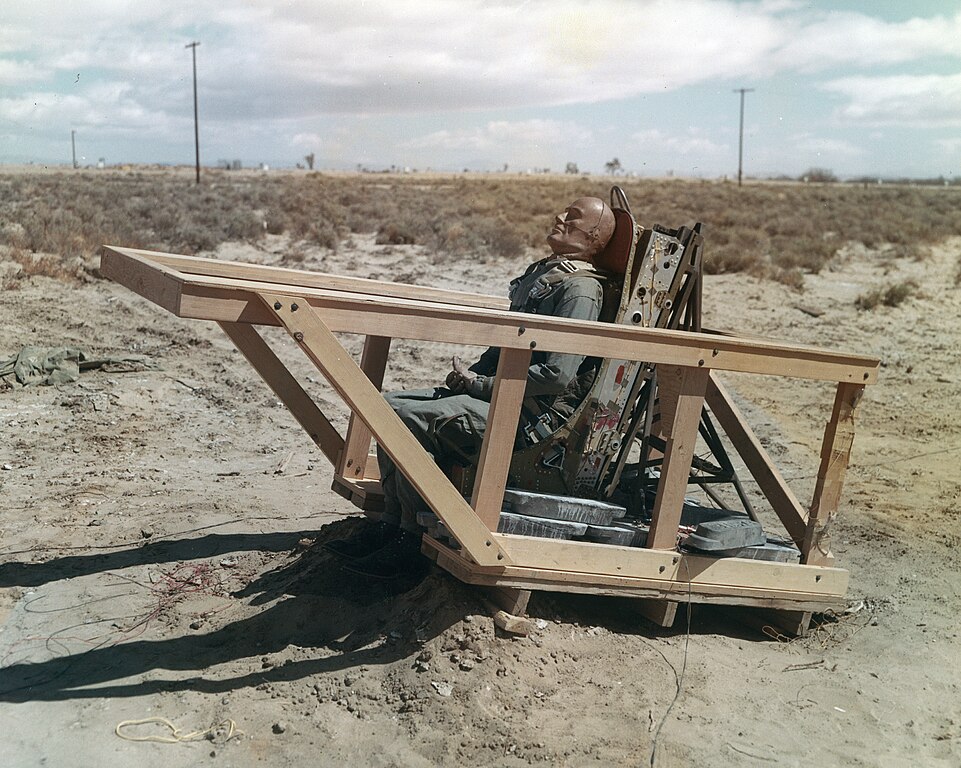 NASA Armstrong Flight Research Center, Wikimedia Commons
NASA Armstrong Flight Research Center, Wikimedia Commons
The First Commercial Jet Flight
The first commercial jet flight in 1952 was a big deal. What was once a grueling 23-hour flight from London to Johannesburg now took only about 11 hours with a jetliner. A flight from London to New York was shortened by six hours. Unfortunately, there were a few accidents that grounded the fleet in 1954. Changes to the jet include the round windows we now consider normal throughout the plane.
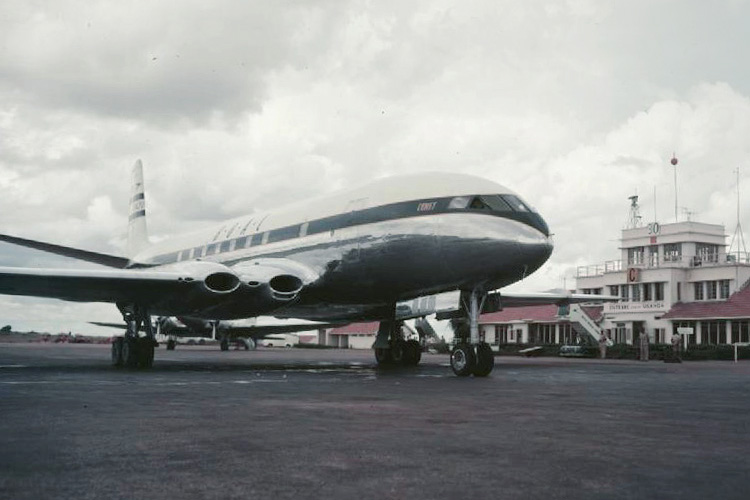 Ministry of Information official photographer, Wikimedia Commons
Ministry of Information official photographer, Wikimedia Commons
The Three-Point Seatbelt Is Created
It's hard to imagine car travel without the required buckling of the seat belt. The first extremely rudimentary one was created by Sir George Cayley in the early 1800s as a way to hold himself in his glider. It wasn't until 150 years later that Nils Bohlin envisioned the three-point seat belt we use today. Estimates claim that this invention has saved more than a million lives.
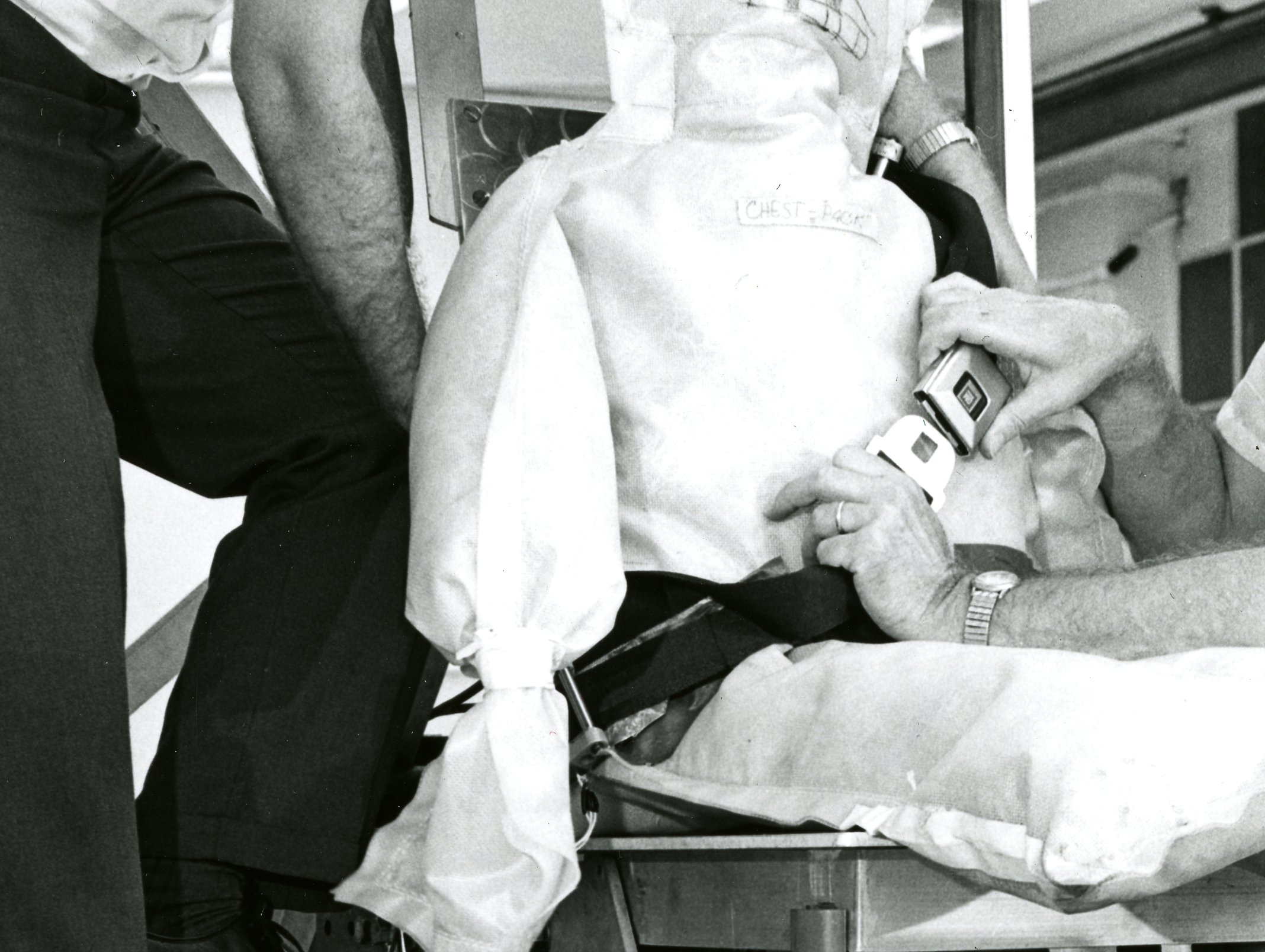 National Institute of Standards and Technology, Wikimedia Commons
National Institute of Standards and Technology, Wikimedia Commons
Japan's Bullet Train
More than 100 million passengers traveled on Japan’s “shinkansen” train in the first three years alone. Scary speeds of 210 kilometers per hour rush people to and from work and across and around the country. Launched in 1964, the speedy train is often referred to as the “bullet train”, which is a translation of the Japanese nickname “dangan ressha”.
 Roger Wollstadt, CC BY-SA 2.0, Wikimedia Commons
Roger Wollstadt, CC BY-SA 2.0, Wikimedia Commons
ATMs
Forget worrying about having enough cash–or the right currency–when traveling in another nation. With the advent of the ATM in 1967 all you needed was some special radioactive paper and you’d never run out of money. The first machine, which contained instruments that detected radioactive isotope carbon 14 on a check, was created by John Shepherd Barron and unveiled in London, England. Thankfully we now have cards with PIN numbers in our pockets and wallets instead of lethal toxins.
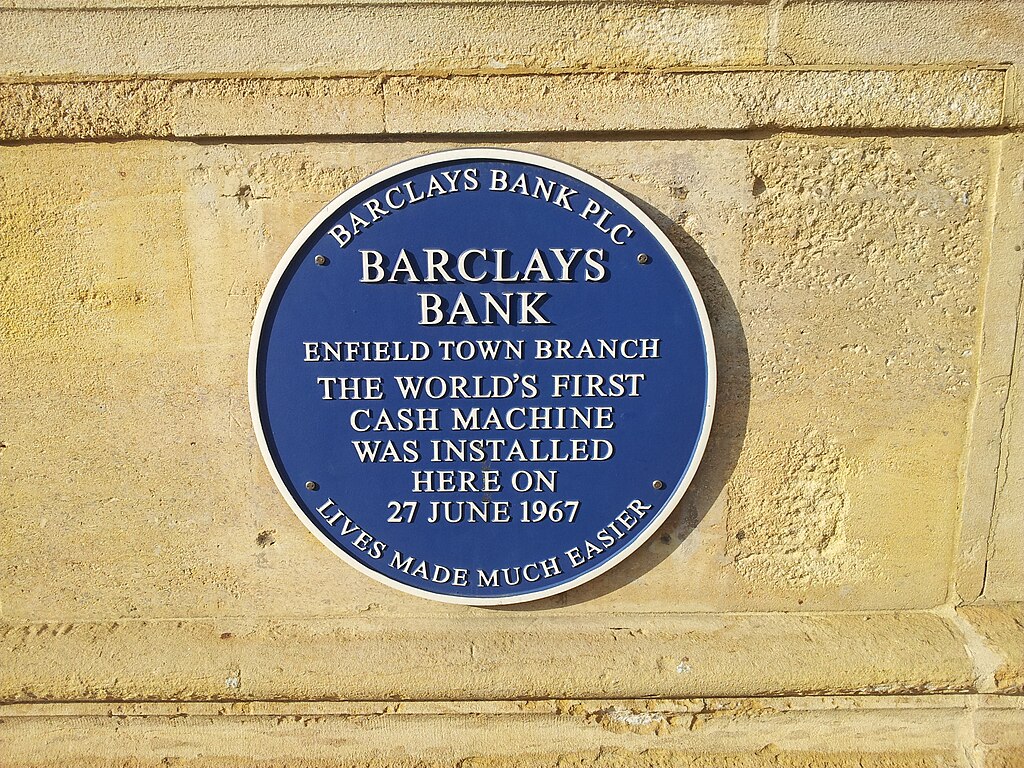 LondonHistoryatHome, CC BY-SA 4.0, Wikimedia Commons
LondonHistoryatHome, CC BY-SA 4.0, Wikimedia Commons
The First 747 Flight
The year 1969 proved incredible at bringing travel to the masses. The first flight of the Boeing 747 “was a game-changer”. Also known as the jumbo jet, it was the first plane that could carry up to 490 passengers and could fly twice as far.
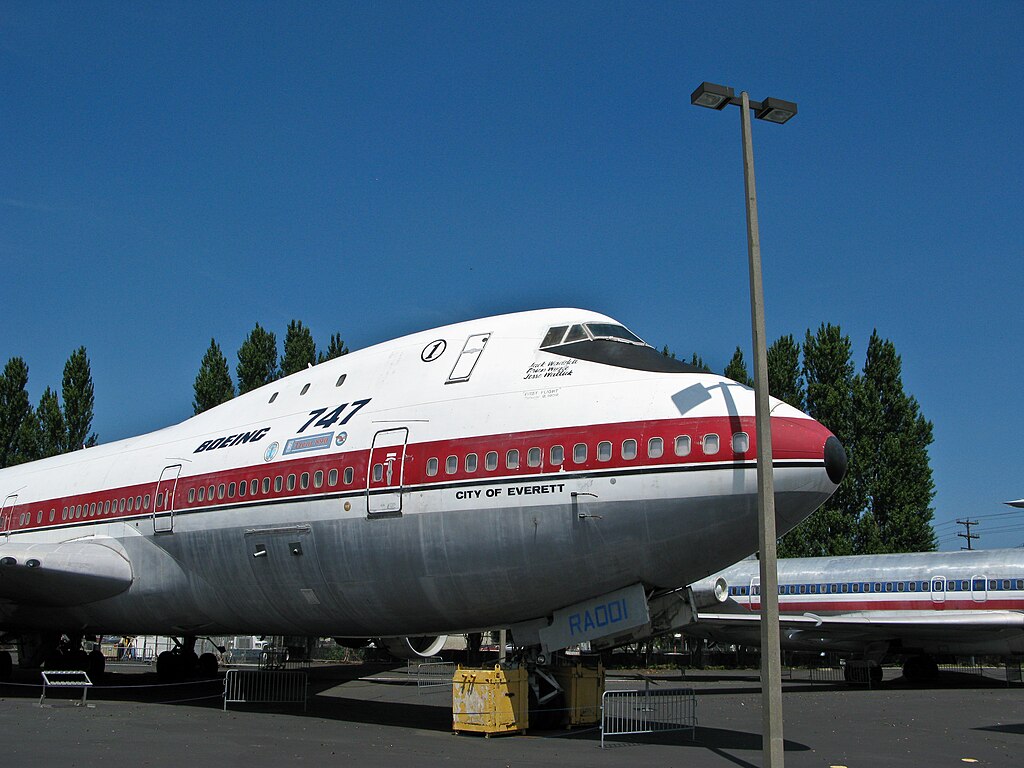 Shannon Lucas, CC BY-SA 3.0, Wikimedia Commons
Shannon Lucas, CC BY-SA 3.0, Wikimedia Commons
The First Concorde Flight
Not only did the Boeing 747 make its first flight in 1969 but so too did the Concorde. With speeds that could help travelers arrive at their destination twice as fast, the Concorde had a steep price tag and was “the ultimate status symbol for wealthy jetsetters”. After a massive Air France Concorde crash in France in 2000, however, people weren’t as keen to step on a machine that had ended the lives of 113 people. In 2003, all Concordes were retired.
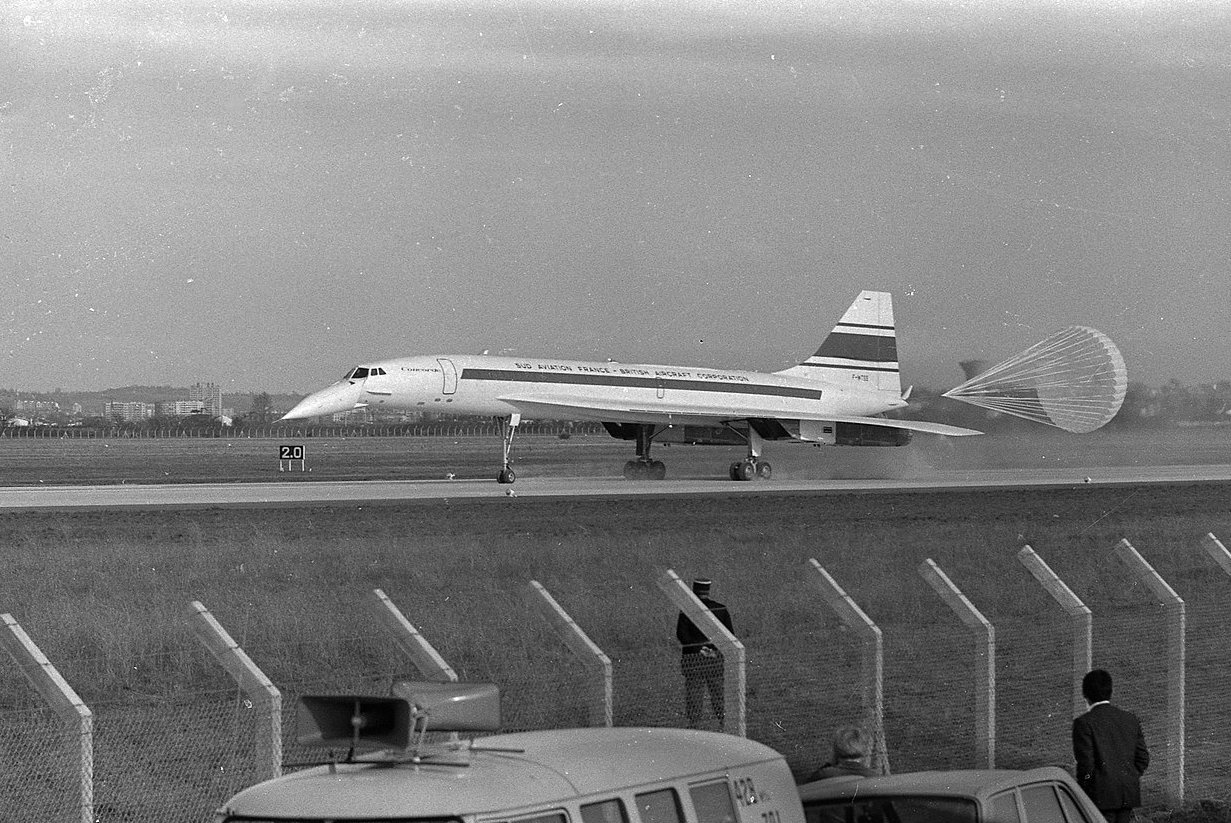 André Cros, CC BY-SA 4.0, Wikimedia Commons
André Cros, CC BY-SA 4.0, Wikimedia Commons
The Wheeled Suitcase
When Bernard Sadow, president of the United States Luggage Corporation, had the brainwave to add wheels to suitcases, he was, many times, given a big fat no. Companies in 1970 believed that people weren't interested in dragging their luggage around. Sadow persisted and now the idea of travel without trailing our baggage is ludicrous.
Lonely Planet Gets Published
Tony and Maureen Wheeler's honeymoon with very little cash and an undefined map of Asia turned out to be the inspiration behind Lonely Planet travel guides. Publishing accounts of where they slept, ate, and visited on a shoestring budget in 1972 paved the way for the Wheeler's guide, as well as many others.
 Rico Shen, CC BY-SA 4.0, Wikimedia Commons
Rico Shen, CC BY-SA 4.0, Wikimedia Commons
Security Measures Get Improved
In the same year that the Wheelers started their Lonely Planet travel guides, the world started experiencing a high number of hijackings. The one that triggered the biggest fear involved a Southern Airways plane that was stolen before claiming they would crash into a nuclear reactor at Oak Ridge National Laboratory in Tennessee. Authorities were pushed to produce and install stronger security measures.
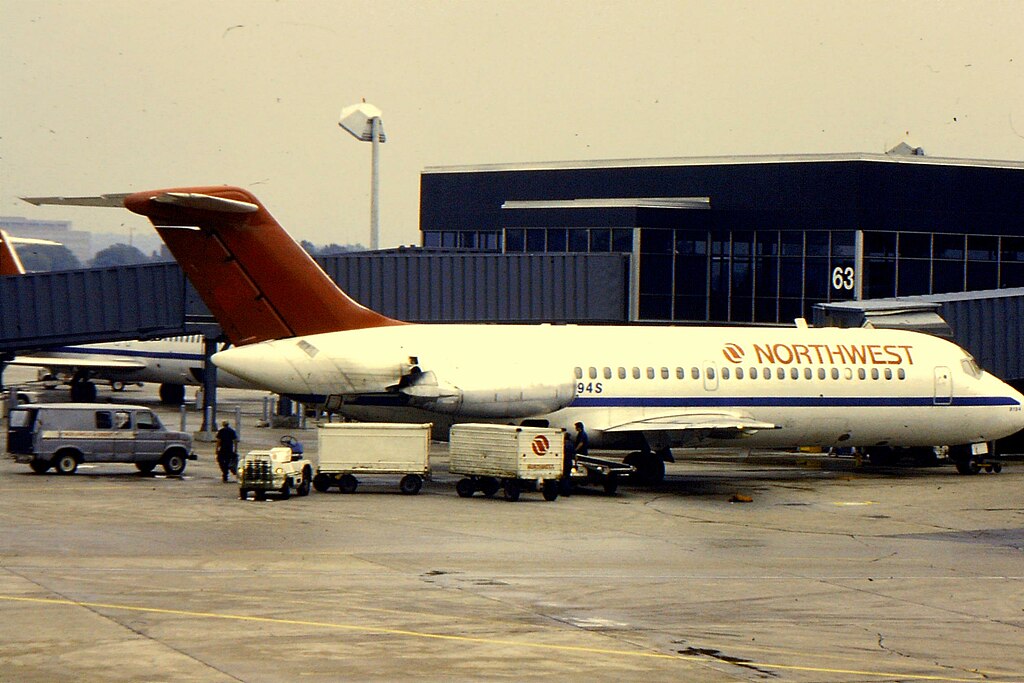 G B_NZ, CC BY-SA 2.0, Wikimedia Commons
G B_NZ, CC BY-SA 2.0, Wikimedia Commons
The First Cellphone Call
What is an invaluable and indispensable part of our lives has only been around for about four decades. What now fits in our pocket was once the size of a brick. Martin Cooper, an inventor from the US, produced a prototype of the first handheld mobile phone—and the very first call took place in 1973.
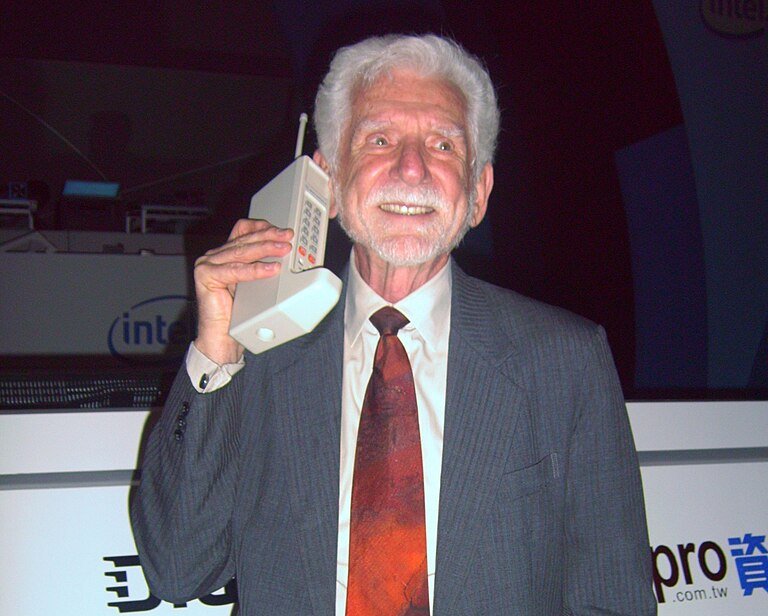 Rico Shen, CC BY-SA 3.0, Wikimedia Commons
Rico Shen, CC BY-SA 3.0, Wikimedia Commons
The First Hotel Minibar
Imagine curling up on a hotel room sofa without a minibar treat. That’s what it would’ve been like prior to 1974 when a Hong Kong Hilton executive decided to fill the mini fridges in 840 rooms with booze and charge big bucks for it. The German company Siegas had invented a refrigerated minibar in the 1960s but it was the executive’s smart thinking that took minibars to a whole new level. The in-room drink sales skyrocketed by 500% and the company itself upped its net income by 5%.
 StagiaireMGIMO, CC BY-SA 4.0, Wikimedia Commons
StagiaireMGIMO, CC BY-SA 4.0, Wikimedia Commons
GPS
Travel would not be the same without the trusty GPS by our side. Whether it’s helped you out or landed you in deeper trouble, the miracle of directions on a small screen is all thanks to Roger L Easton. A scientist and inventor, Easton was awarded the patent in 1974 and worked quickly with the US Naval Air Systems Command to effectively create and track satellites.
The First Digital Camera
In 1975, Kodak engineer Steven Sasson Frankensteined a host of mismatched odds and sods to create the first digital camera. The lens from a movie camera and a digital cassette recorder were amongst the parts that made up an eight-pound camera whose pictures could be viewed on a television.
The First UNESCO World Heritage Sites
Before 1978, no one knew what a UNESCO World Heritage Site was—because they didn’t exist yet. The sites, of course, had been around for eons. The Galápagos Islands in Ecuador, the Aachen Cathedral in Germany and Yellowstone National Park in the United States Places were not new. What was new were protective measures in helping secure a responsibly sanctioned travel bucket list. In 1978, the original list contained only 12 sites. Now there are 981 “properties” on every continent except Antarctica.
Sony Walkman
Between suitcase-sized stereos in the 70s and now-popular Spotify, iPhones, and Beats, the solution for listening to music wherever you went consisted of something called a Walkman. With the advent of a transportable playback system in 1979, music could be easily carried around. Sony Walkmans flew off store shelves and over 200 million units were sold.
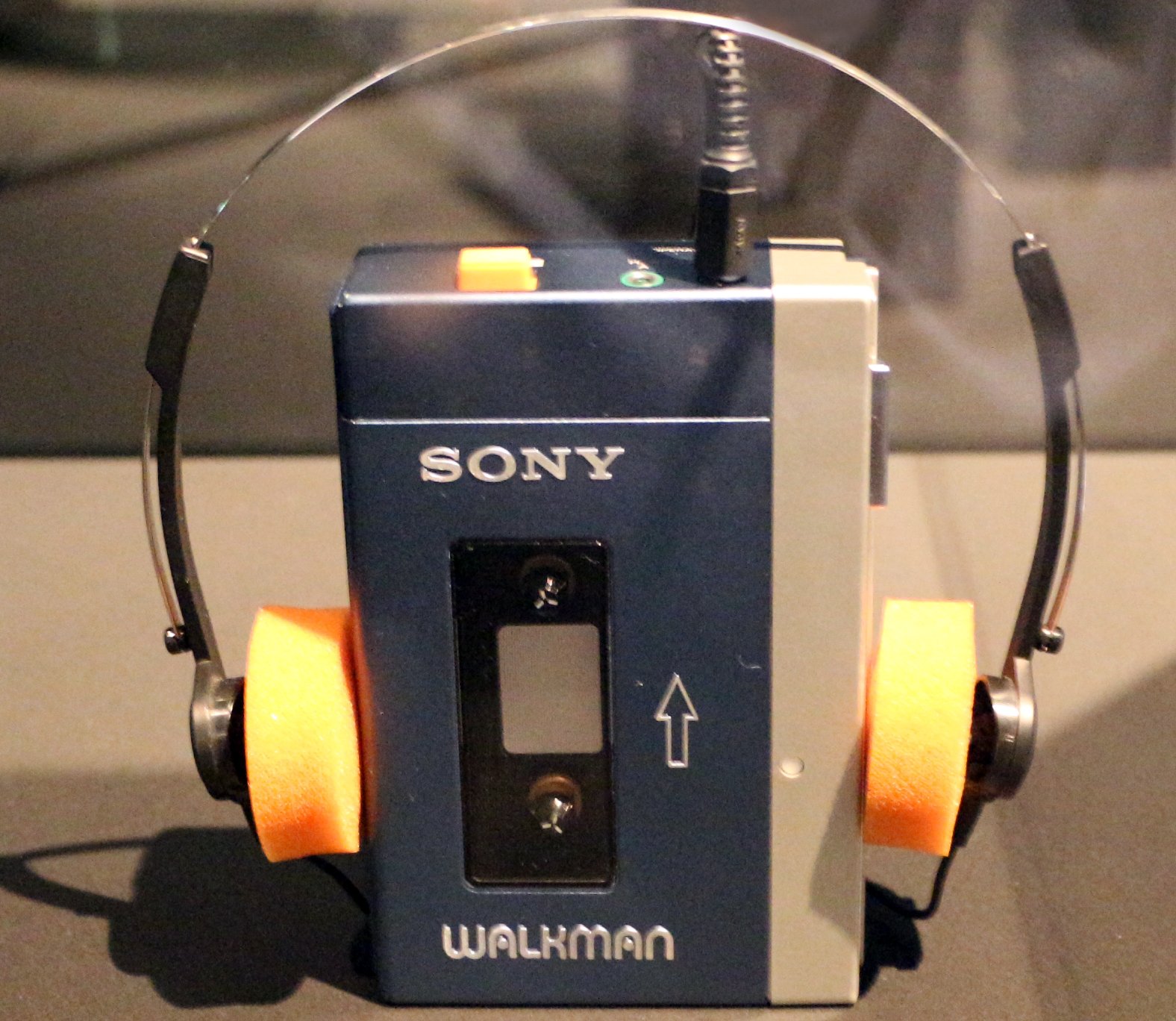 Sailko, CC BY 3.0, Wikimedia Commons
Sailko, CC BY 3.0, Wikimedia Commons
Schengen Visa
For Europeans, the Schengen Agreement that was signed in 1985 is a big deal. Allowing for unlimited movement between the 26 countries in Europe, the convenience of needing only one visa is key.
 carrasco, CC BY-SA 4.0, Wikimedia Commons
carrasco, CC BY-SA 4.0, Wikimedia Commons
Internet Travel Booking
Thoughts of sauntering into a physical travel office or spending hours on the phone with an agent seem absurd. Before the mid-90s, however, online booking was not a thing. It wasn’t until Expedia was launched in 1996 that customers could make their own reservations.
Smoking Gets Banned On Planes
Can you imagine a time when lighting up on planes and in restaurants and, well, everywhere, was considered okay? Shockingly, it was only 26 years ago, in 1998, that it was officially banned from planes in the US. Thanks to the late Senator Frank Lautenberg of New Jersey, you don’t have to worry about showing up to see your meemaw stinking like the Marlboro Man’s ashtray.
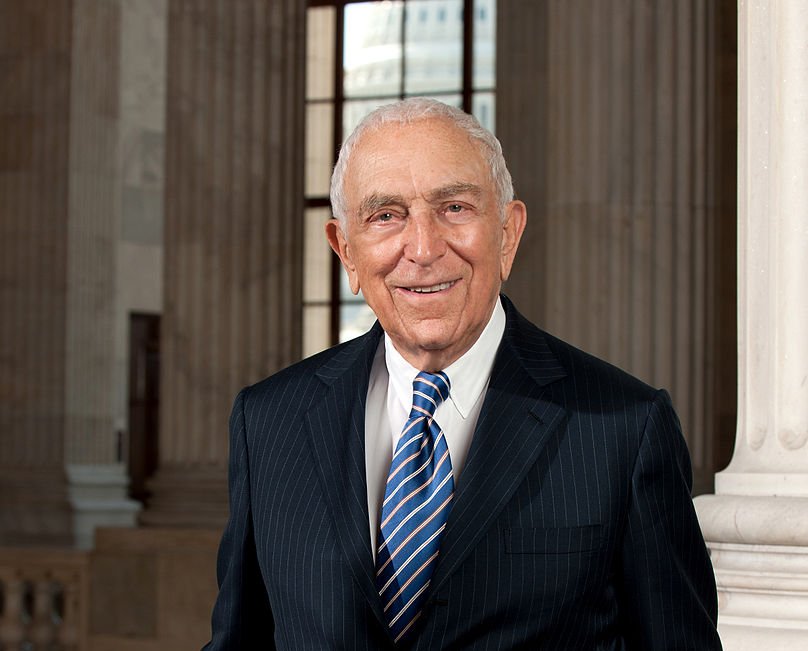 United States Senate, Wikimedia Commons
United States Senate, Wikimedia Commons
The Euro
How convenient. In 17 European countries, since 1999, the same currency can be used. Phew. No more switching between the Peseta, the France Franc and the Drachma.
 Santeri Viinamäki, CC BY-SA 4.0, Wikimedia Commons
Santeri Viinamäki, CC BY-SA 4.0, Wikimedia Commons
Smartphones
Just before the millennium changed to 2000, the Nokia 7110 was introduced to the market. The first phone to boast a WAP browser, the new phones suddenly had the ability to message and access the internet. Phones quickly became known as smartphones, making us wonder how we survived with the previous ones that were not smart.
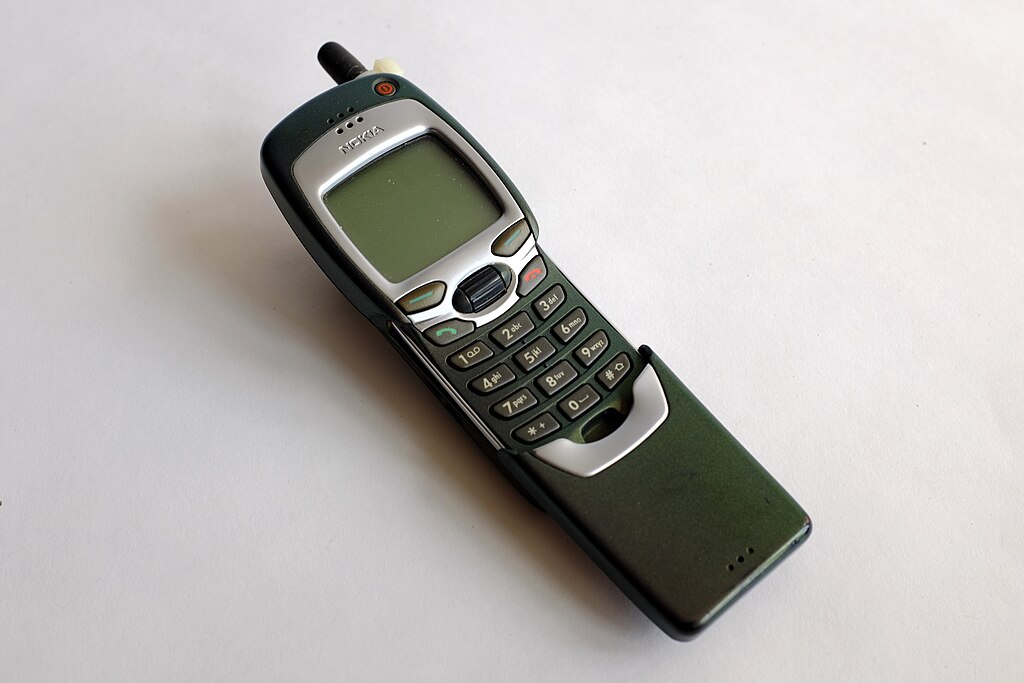 Neil Cummings, CC BY-SA 2.0, Wikimedia Commons
Neil Cummings, CC BY-SA 2.0, Wikimedia Commons
The First Space Tourist
Sure, we had been to space before 2001. But we’d never been to space as a non-astronaut in a government rocket. Dennis Tito changed all this when he became the world’s first space tourist. Tito forked out $20 million to spend eight days orbiting the Earth 128 times on the International Space Station with a Russian crew.
9/11
It’s nearly impossible to imagine travel in a world before the tragic events of 9/11. Before then, shoes and belts remained on your body, bottles of water were more than welcome to accompany you on your trip, and you could pack any size jar of pickles that would fit in your carry-on.
World Adapter Invented
Sometimes you don’t realize that another country has different cords and electrical outlets until you arrive. How do you use your hair dryer from home when it doesn’t fit into the outlet? In 2002, the Swiss company SKROSS solved the problem when it introduced a world adapter to fit into any of the 12 most common electrical plug shapes around the world. No more uncharged phones or stubbly chins because the electric shaver won’t fit.
Airbnb Arrives
“Belong anywhere” is the slogan for Airbnb, the company whose name has been shortened from AirBedandBreakfast. Since it started in 2008, travelers have embraced the idea of renting a room in someone’s home, a cabin, or a whole house. The platform has blown up, with more than 9 million guests having booked “everything from apartments to castles in more than 33,000 cities and 192 countries”.
 Steve Jurvetson, CC BY 2.0, Wikimedia Commons
Steve Jurvetson, CC BY 2.0, Wikimedia Commons
The Sinking Of The Titanic
Almost everyone has heard of the Titanic. On April 14, 1912, the maiden voyage of the “unsinkable” Titanic was abruptly cut short when it hit an iceberg. Over 1,500 people didn’t complete the voyage. Being the only way to cross the ocean at the time, maritime safety measures were upped to dowse traveler anxiety.
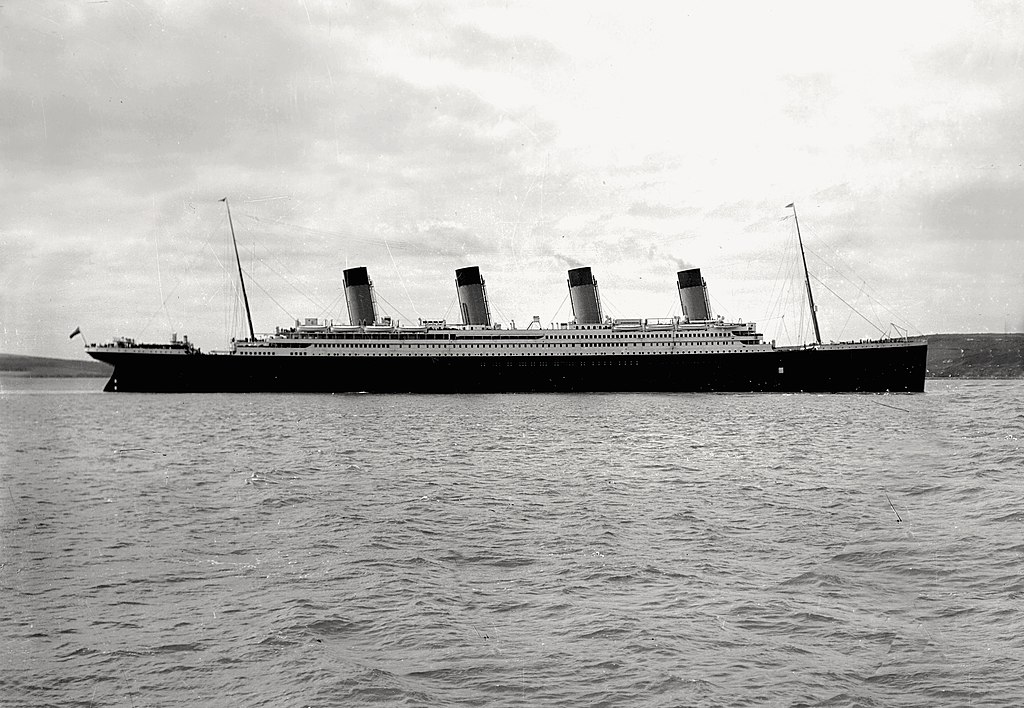 Unknown Author, Wikimedia Commons
Unknown Author, Wikimedia Commons
The Boeing Dreamliner Is Launched
There were almost 800 Boeing Dreamliner 787s pre-ordered in 2012. A new jetliner that had bigger windows, extra legroom, and cheaper fuel bills was exactly what airlines wanted. Unfortunately, a whole series of issues, specifically surrounding jet batteries, meant the whole fleet was grounded. It may get off the ground in the future. Pun intended.
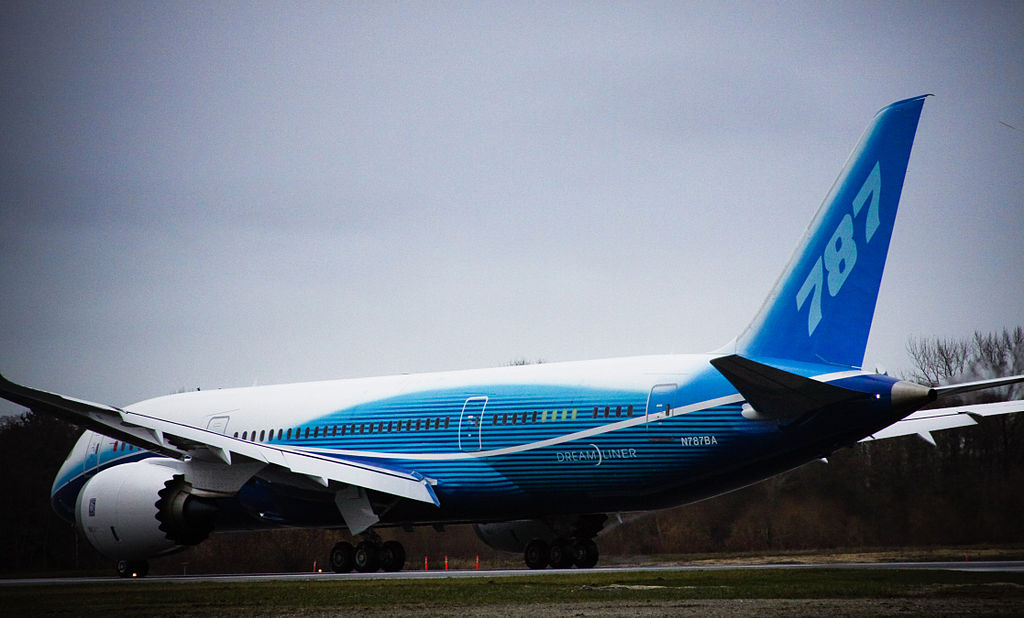 Dave Sizer, CC BY 2.0, Wikimedia Commons
Dave Sizer, CC BY 2.0, Wikimedia Commons


